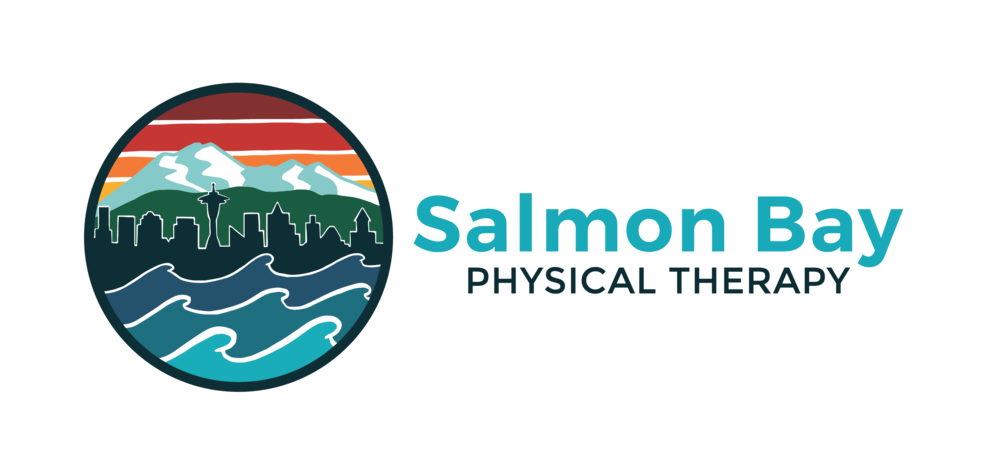Running is a tremendously popular sport, with approximately 40 million people running regularly in the United States. This is not particularly surprising given all of the well-documented health benefits of this form of physical activity. Unfortunately, running also carries with it a high rate of injury, with up to half of runners experiencing an injury on a yearly basis. While many factors play into this high rate of injury among runners, two primary risk factors stand out: history of previous injury and overtraining. With these in mind, here are some important numbers to be aware of when designing or following a training program.
40
Multiple studies have shown that running greater than 40 miles per week significantly increases the risk of injury
13
Runs longer than 13 miles should be done no more than once every 14 days, as exceeding this significantly increases the risk of injury
10%
While this number is hotly debated due to inconsistent evidence, it is generally accepted that increases in weekly training mileage should not exceed 10% per week, as doing so increases the risk of injury
6
Running 6 or more days per week significantly increases the risk of injury
4-5
With respect to injury, most regular runners do best when training no more than 4-5 days per week, with at least 1 day of rest and 1-2 days of cross-training built in
2-3
Runners should limit themselves to no more than 2-3 marathons per year
Keep in mind that these are numbers from a variety of prospective and retrospective studies on specific populations of runners and may not directly apply to you. However, they do help provide metrics for you to use when evaluating your own training program, whether it be for your first 5k or your attempt to qualify for the Boston Marathon. In general, most training programs should progress slowly, incorporate rest days, and include cross-training exercises that promote improved strength and stability. It is difficult to enjoy running when injured so keep these numbers in mind, as they may help you lower your overall risk of injury when training for your next race.
Run safely!





